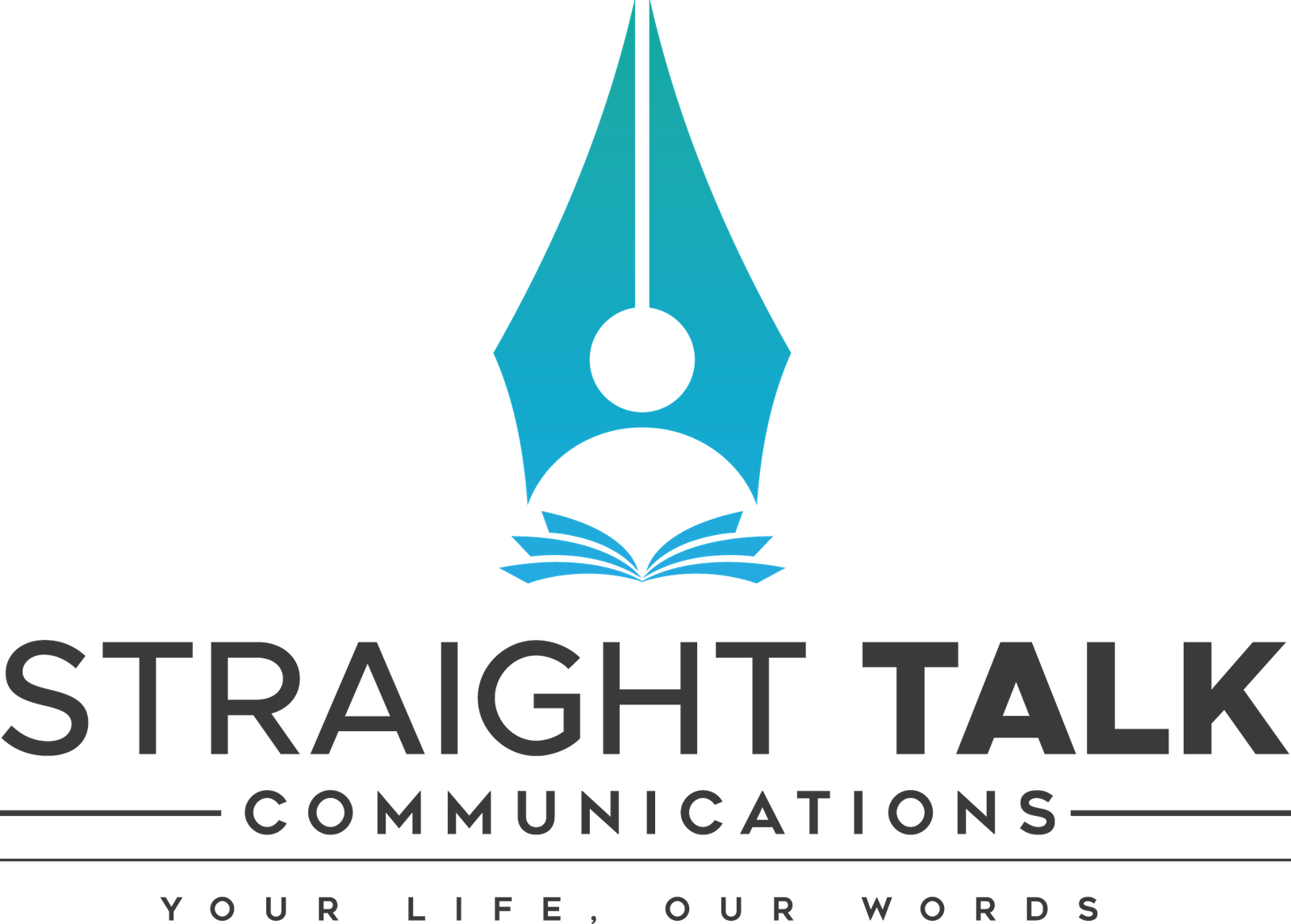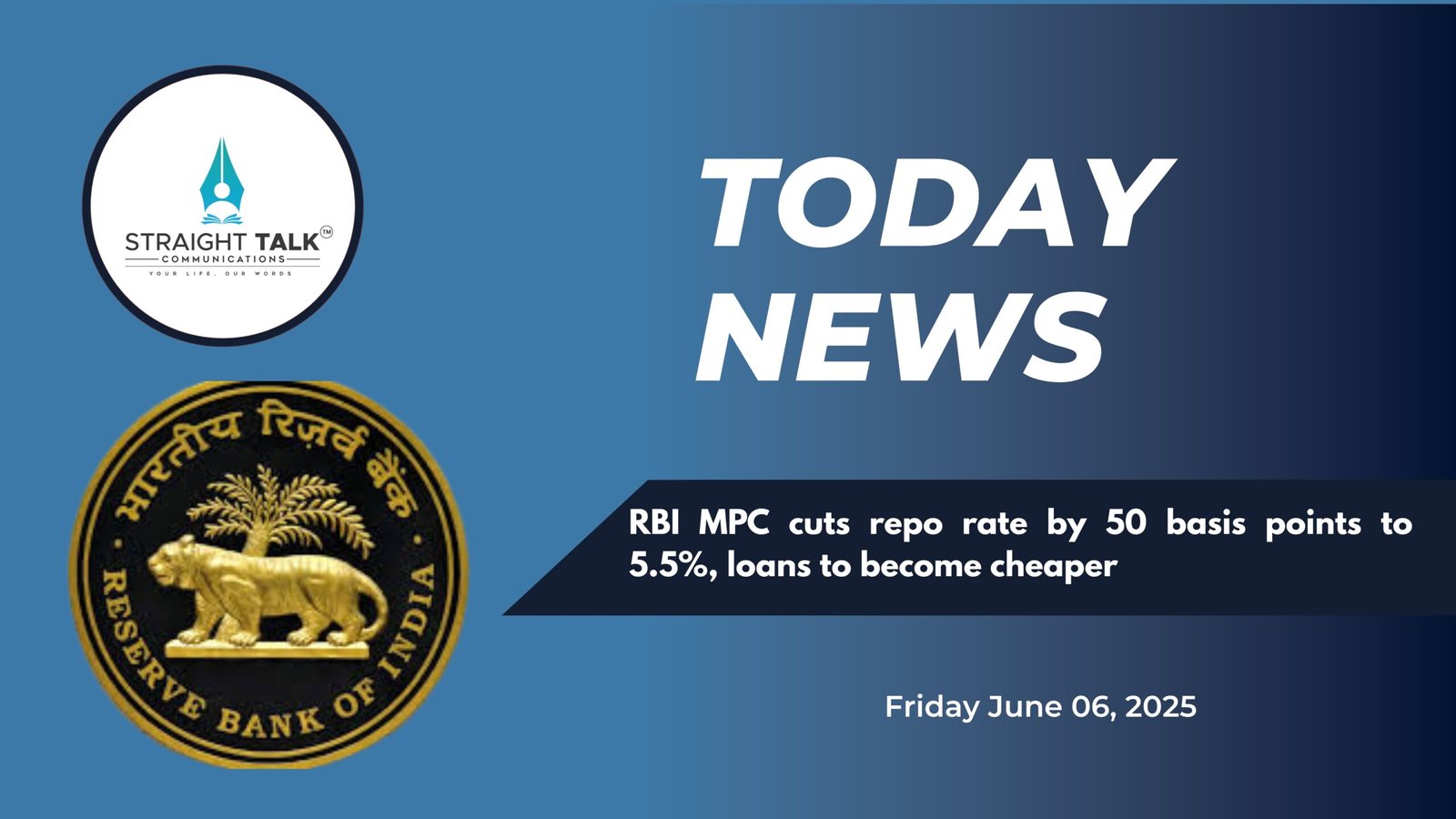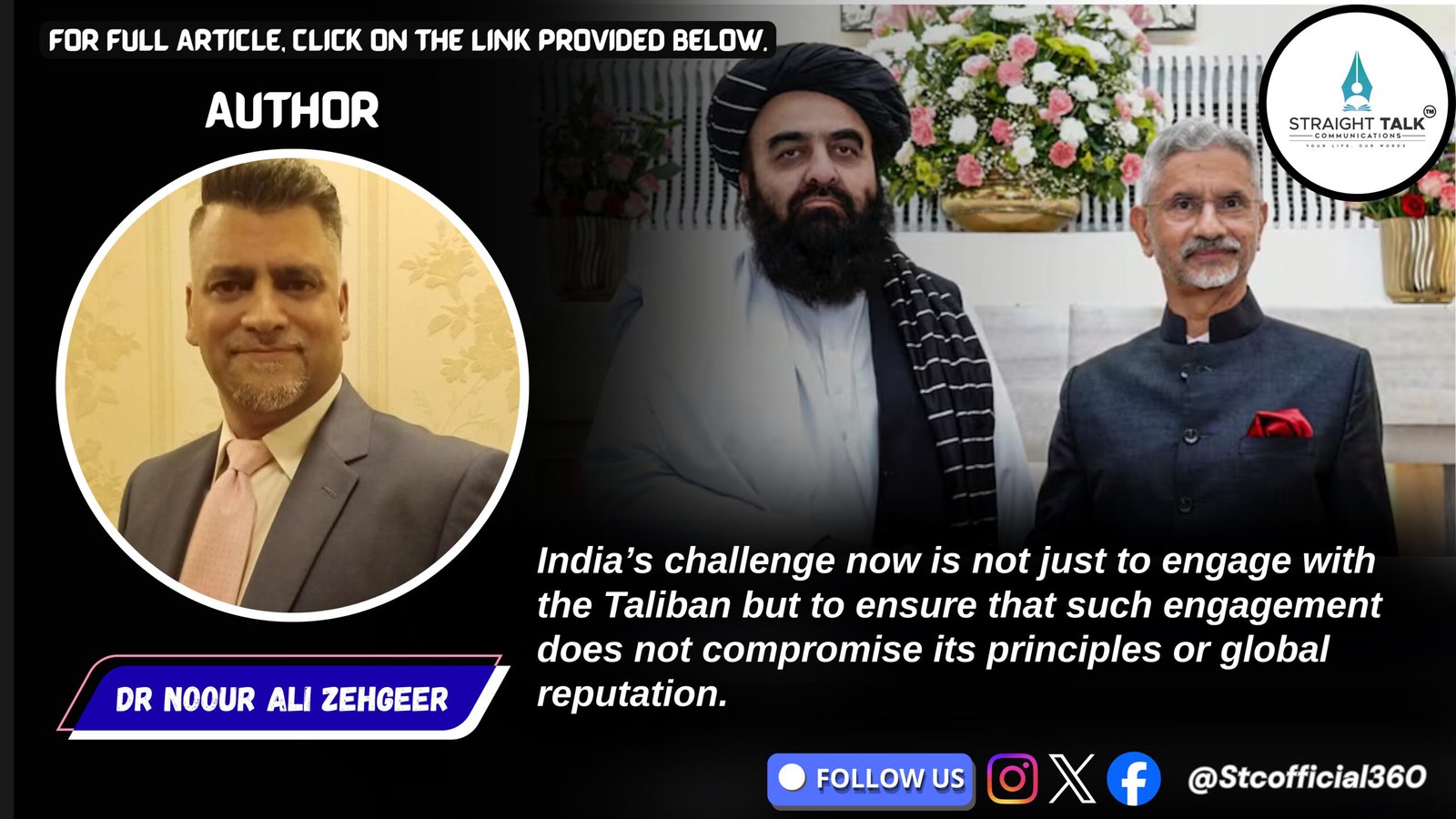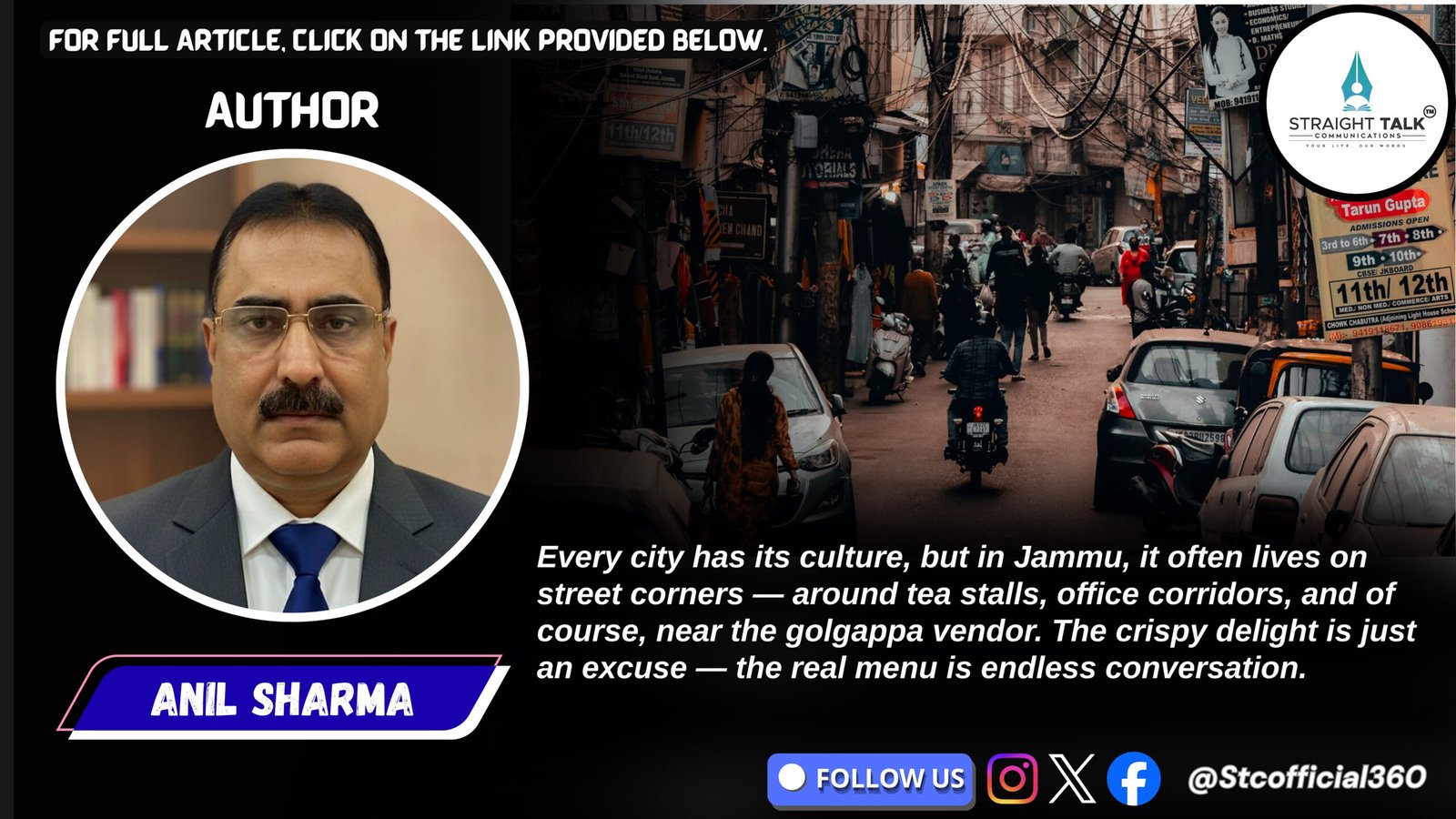World Heart Day: Kashmir’s silent battle with cardiovascular diseases
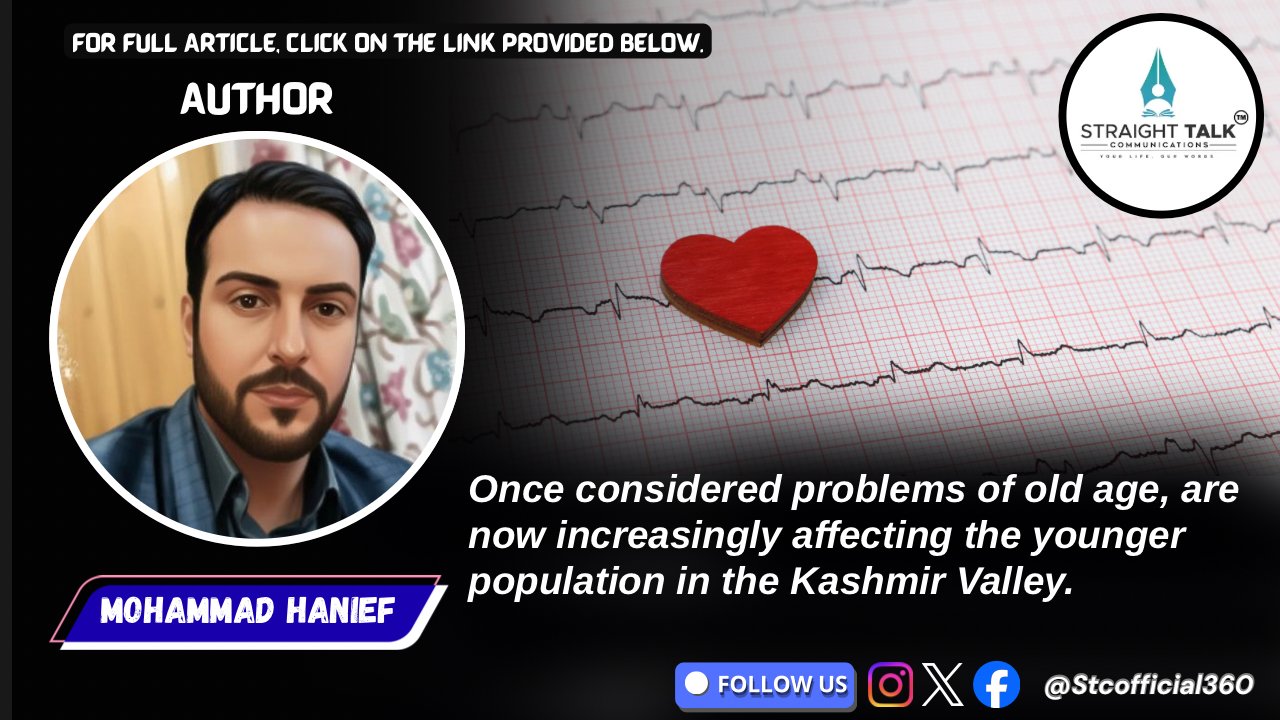
Once considered problems of old age, are now increasingly affecting the younger population in the Kashmir Valley.
Mohammad Hanief
Every year, September 29 marks the global observance of World Heart Day, an initiative aimed at spreading awareness about cardiovascular health, preventive care, and the importance of timely intervention. In Kashmir, the day was not just symbolic; it highlighted a crisis that is silently gripping households, hospitals, and communities. The rising incidence of cardiac conditions, ranging from hypertension and coronary artery disease to sudden cardiac arrest, has become a matter of concern for healthcare professionals and families alike.
Over the years, hospitals across Srinagar and other towns have reported a steady increase in patients suffering from cardiac issues. What alarms doctors most is the surge in cases among people in their twenties and thirties. Stories of young individuals collapsing during routine activities or sports are no longer rare. This changing trend has forced health experts to underline the role of lifestyle choices, stress, smoking, and diet in contributing to the rise of cardiovascular diseases in Kashmir.
World Heart Day in the Valley witnessed a series of awareness activities organized by hospitals, NGOs, educational institutions, and civil society groups. In major healthcare centers, medical camps offered free screenings for blood pressure, cholesterol, and diabetes, while doctors conducted counseling sessions to guide people on preventive measures. Educational institutions involved students in lectures, poster-making activities, and health rallies, where the focus was on instilling healthy habits from a young age. The message was clear: prevention is more effective and affordable than cure.
The observance also brought into focus the cultural and dietary habits of Kashmir. While the Valley takes pride in its unique cuisine, the traditional wazwan, with its heavy use of red meat, ghee, and salt, has long been linked with health risks when consumed excessively. The younger generation’s increasing preference for fast food, fried snacks, and sugary beverages has further deepened the problem. Combined with a sedentary lifestyle dominated by long hours of screen time, these factors have contributed significantly to obesity, hypertension, and diabetes, all of which act as precursors to serious cardiac ailments.
One of the most visible challenges in Kashmir’s battle with heart disease is the prevalence of smoking. Cigarette use and hookah culture remain widespread, particularly among the youth. Despite frequent campaigns, the rate of smoking has not shown significant decline, and doctors continue to warn of its direct association with heart disease and premature deaths. Even passive smoking remains a serious issue, affecting women and children within households. Efforts on World Heart Day were therefore directed towards encouraging people to quit smoking, highlighting that the health of families often depends on individual choices.
Stress and mental health also emerged as important themes during the observance. In a region that has faced prolonged uncertainty and disruptions, the psychological burden on people is profound. Health experts emphasized that stress is not just a mental strain but also a physical risk, contributing to high blood pressure, irregular heart rhythms, and unhealthy coping mechanisms such as overeating or substance abuse. The message on World Heart Day underscored the importance of stress management through physical activity, mindfulness, and community support.
Yet, awareness alone is not sufficient. The day also shed light on the shortcomings in Kashmir’s healthcare infrastructure. While Srinagar offers advanced cardiac care facilities in institutions like SKIMS and SMHS Hospital, many rural areas still lack specialized doctors and diagnostic equipment. Patients from remote districts often face delays in receiving critical treatment, sometimes with fatal consequences. The call for more cardiac care units across the Valley, equipped with angiography and angioplasty facilities, gained urgency. Strengthening healthcare delivery at the grassroots level was highlighted as a crucial step in reducing mortality.
The observance was not limited to medical discussions alone; it resonated deeply with community values. In mosques and community gatherings, the idea of moderation, balance, and responsibility towards one’s health was highlighted as part of a broader moral and social duty. Religious leaders encouraged people to treat health as a trust that must be preserved through conscious choices.
The stories of patients and survivors shared during the awareness events further emphasized the importance of lifestyle changes. Many individuals spoke of how neglecting symptoms like chest pain, fatigue, or shortness of breath led to sudden emergencies, while those who adopted healthier lifestyles reported better outcomes. These personal journeys reinforced the idea that while medical facilities are critical, the first line of defense against heart disease begins with individual and family habits.
As the day concluded, the underlying message for Kashmir was both urgent and hopeful. Cardiovascular diseases are preventable to a large extent if timely steps are taken. A shift towards healthier diets, regular exercise, reduced tobacco use, stress management, and routine health check-ups can collectively build resilience against the rising tide of heart ailments. Communities, institutions, and policymakers have an equal role to play in this effort, ensuring that awareness is matched with accessible healthcare and supportive infrastructure.
Kashmir, often admired for its natural beauty, faces the irony of its people silently battling diseases that are largely preventable. The observance of World Heart Day highlighted that preserving the heart is not only about reducing medical emergencies but also about nurturing the overall well-being of society. As the Valley moves forward, the lessons of this day serve as a reminder that good health is the foundation of a stronger and more hopeful future.
(The author is a senior analyst and can be mailed at m.hanief@gmail.com
X/Twitter: @haniefmha)
